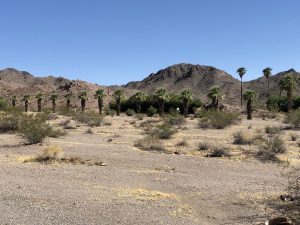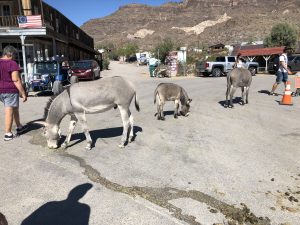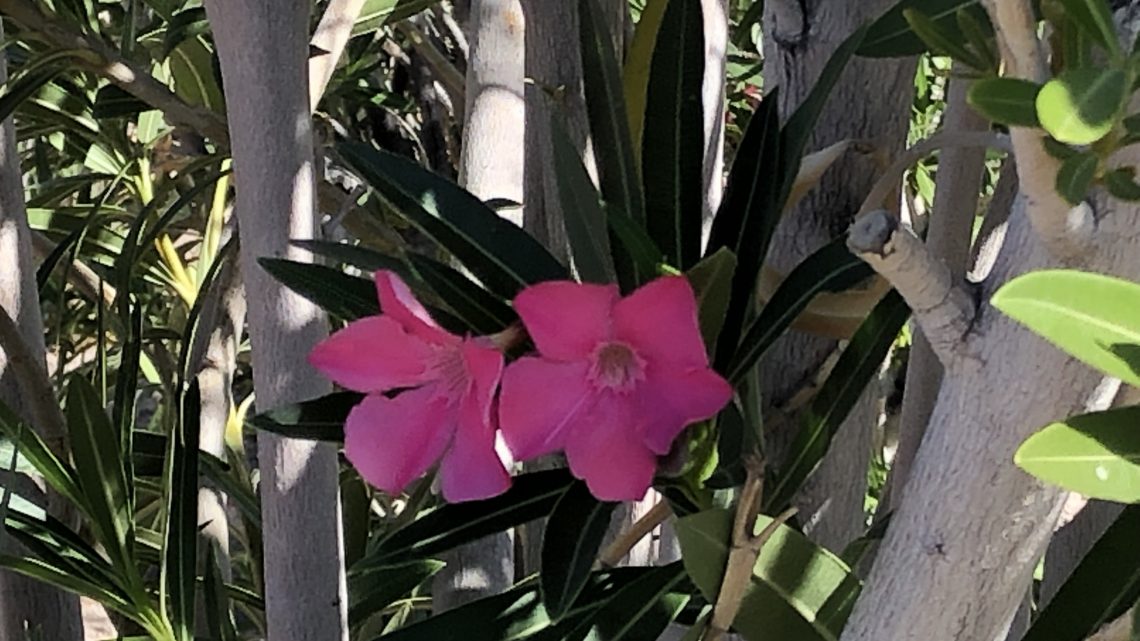In my last post, I promised to tell you about the campground system. We’ve learned about it by trial and error, so I’m hoping I can impart some knowledge that will save you time and money in the future. I’m sure, however, that we still have much to learn. I’ll share what we’ve learned thus far.
Several types of campgrounds are available at widely varying prices ranging from private campgrounds with lots of amenities all the way to BLM land that offers nothing but a place to park and, usually, lots of beauty. Private campgrounds are most costly, ranging from $40 and upwards per night, depending on the hookups offered (water and/or electric and/or sewer). State parks are next, ranging from $25 and up. Then there’s Forest service land, Army Corps of Engineers, Conservation Corps, and Bureau of Land Management (BLM) all offer varying services, usually much cheaper than other options.
If you’re looking for a free night, try parking in a Walmart lot (always ask first). Some are very welcoming as long as the privilege is not abused. I read an article about Walmart parking that said 1,000 of the 4,000 Walmart stores across the nation no longer allow RVs to stay in their lots. We recently parked in a Walmart lot after obtaining permission from the store manager only to be accosted by the security guard who insisted that we move.
Cabela’s is another store that allows overnight parking and their lots are usually beautifully treed and very clean. We stayed at one recently that had “No Overnight Parking” signs posted, but they were very gracious and said we could park one night.
We found an Army Corps of Engineers map at Fort Peck dam that lists their campgrounds across the United States. You could probably get a copy by writing to them. At Fort Peck Downstream Campground, the camp hosts gave us a CD entitled, “Your State by State Guide, Recreational opportunities with the U.S. Army Corps of Engineers. Go to www.CorpsLakes.us to find out more. Finding USACE/COE campgrounds can be a bit challenging. We’ve discovered that some of these entities are not well advertised at all, as though they really don’t want to be found. However, you can buy a copy of Camping With the Corps of Engineers, a book which lists USACE facilities by state and by reservoir. All the Corps of Engineers campgrounds are listed, including directions, facility description, activities and current camping fees.
We use several apps to find other campgrounds, including Google Maps, a map program that uses GPS, which we also use to navigate; RV Parky helps us find RV parks; ALLSTAYS also helps us find RV parks. After finding something we’re interested in, we often google it to get more details and call ahead to ask about availability and pricing.
Hopefully, this is helpful to you. It would be ideal if you could begin to use these helps before beginning a long road trip so that you’re familiar with them before you start.
When we left southern Idaho to head south, we put in a couple of very long days (not usual for us) in order to get to warmer weather. After spending one night in a Las Vegas Home Depot parking lot, we arrived in Bullhead City, Arizona where we camped at Kathryn’s Landing with blooming bougainvillea outside our windows. We marveled that we could wear shorts and sandals after experiencing the cold in Washington, Idaho, and Nevada.
When we walked to the dock down the road from our campsite, we heard movement in a nearby trash can, and thinking I would find a bird inside, I peered in to see two raccoons scrounging through the trash. They were cute, but could be, I’m sure, vicious, so I moved on.
The next day, we drove 30 minutes to Golden Valley where Thom’s’ family lives and where we parked on their 2 ½ acre land. They spoiled us by offering water, electric, and sewer.
Later that week, they took us to the mountain town of Oatman, a western town named after a woman captured by Indians in the 1800s who disfigured her by tattooing her face. The town is also famous for the wild donkeys that wander the streets, accepting food from strangers.. The young donkeys each wear a note on their foreheads saying, “Please don’t feed me.” I imagine they need more nutritious food as youngsters than they can get from visitors.
I haven’t yet told you about our time at Maryhill in Southern Washington, but as Scarlett would say in Gone With the Wind, “Tomorrow is another day.”

Scene from Katherine Landing campground near Bullhead City, Arizona

Donkeys wondering the streets of Oatman, Arizona

A donkey hanging out in front of an Oatman shop.








